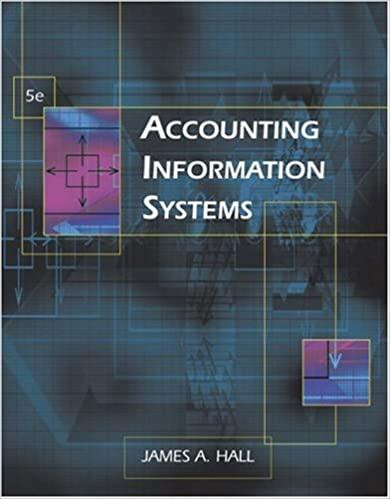3. In the U.S there are 200 cardiac arrests per year on the 5,000 passenger aircrafts in service an automated external defibrillator (AED) on a single plane and training crew to use it costs $3,000 annually if a plane has an AED on board then 16% of those who have cardiac arrest survive (where survival means resuscitated, sent to hospital and then discharged from hospital and for simplicity we ignore hospital treatment costs) compared to a 1% survival rate if no AED is on the plane. -survivors live on average 10 years on average survivors enjoy a quality of life of0.5 (on a 0-1 scale) - a year of life in perfect health is valued to be worth $80,000. (a) Calculate the cost of AEDs per year of life saved. (b) Calculate the cost of AEDs per QALY (c) Does a cost-benefit analysis support installing AEDs on U.S. aircraft?Explain your answer. 4The cost-effectiveness of influenza vaccination is well established for persons aged 65 years and older. A study considered cost-effectiveness and cost-benefit for healthy adults less than 65 years old. A randomized experiment was run. The treatment group received an influenza vaccination, while the control group received a placebo. Any favorable benefits of influenza vaccination last only for one flu season (a year) We consider the costs and benefits of influenza vaccination for 1,000 adults when per person The cost of vaccination (including lost work time) is $25 The cost of influenza illness (including lost work time) is $200, Influenza vaccination reduces the probability of getting influenza from 0.24 to 0.14 (a) Perform a cost-benefit analysis of influenza vaccination. Does it favor vaccination? (b) What is the cost of influenza vaccination per case of flu avoided? ()i) Give a verbal definition of a QALY (ii) What is the advantage of using QALY's compared to cost-benefit analysis? 3. In the U.S there are 200 cardiac arrests per year on the 5,000 passenger aircrafts in service an automated external defibrillator (AED) on a single plane and training crew to use it costs $3,000 annually if a plane has an AED on board then 16% of those who have cardiac arrest survive (where survival means resuscitated, sent to hospital and then discharged from hospital and for simplicity we ignore hospital treatment costs) compared to a 1% survival rate if no AED is on the plane. -survivors live on average 10 years on average survivors enjoy a quality of life of0.5 (on a 0-1 scale) - a year of life in perfect health is valued to be worth $80,000. (a) Calculate the cost of AEDs per year of life saved. (b) Calculate the cost of AEDs per QALY (c) Does a cost-benefit analysis support installing AEDs on U.S. aircraft?Explain your answer. 4The cost-effectiveness of influenza vaccination is well established for persons aged 65 years and older. A study considered cost-effectiveness and cost-benefit for healthy adults less than 65 years old. A randomized experiment was run. The treatment group received an influenza vaccination, while the control group received a placebo. Any favorable benefits of influenza vaccination last only for one flu season (a year) We consider the costs and benefits of influenza vaccination for 1,000 adults when per person The cost of vaccination (including lost work time) is $25 The cost of influenza illness (including lost work time) is $200, Influenza vaccination reduces the probability of getting influenza from 0.24 to 0.14 (a) Perform a cost-benefit analysis of influenza vaccination. Does it favor vaccination? (b) What is the cost of influenza vaccination per case of flu avoided? ()i) Give a verbal definition of a QALY (ii) What is the advantage of using QALY's compared to cost-benefit analysis







